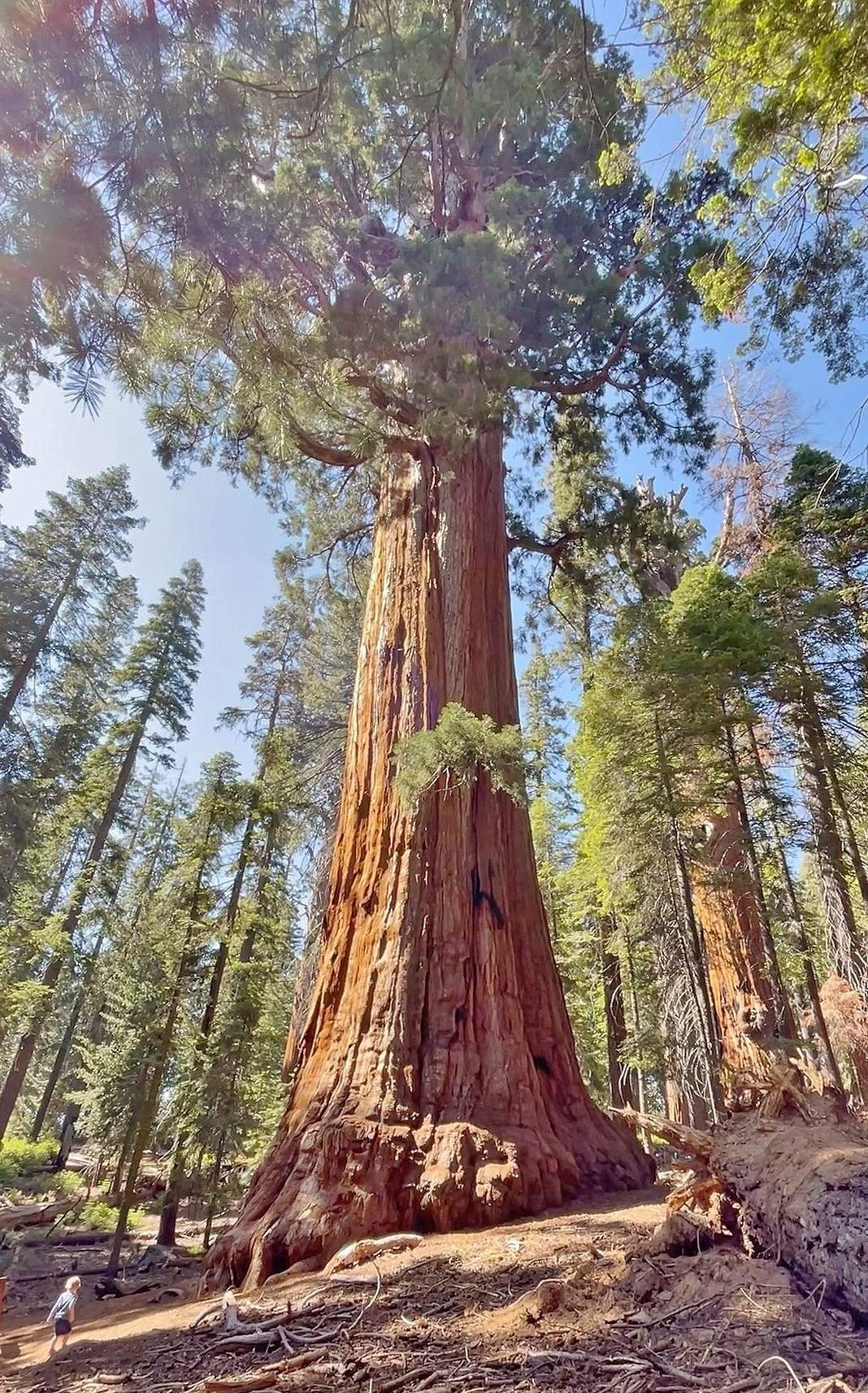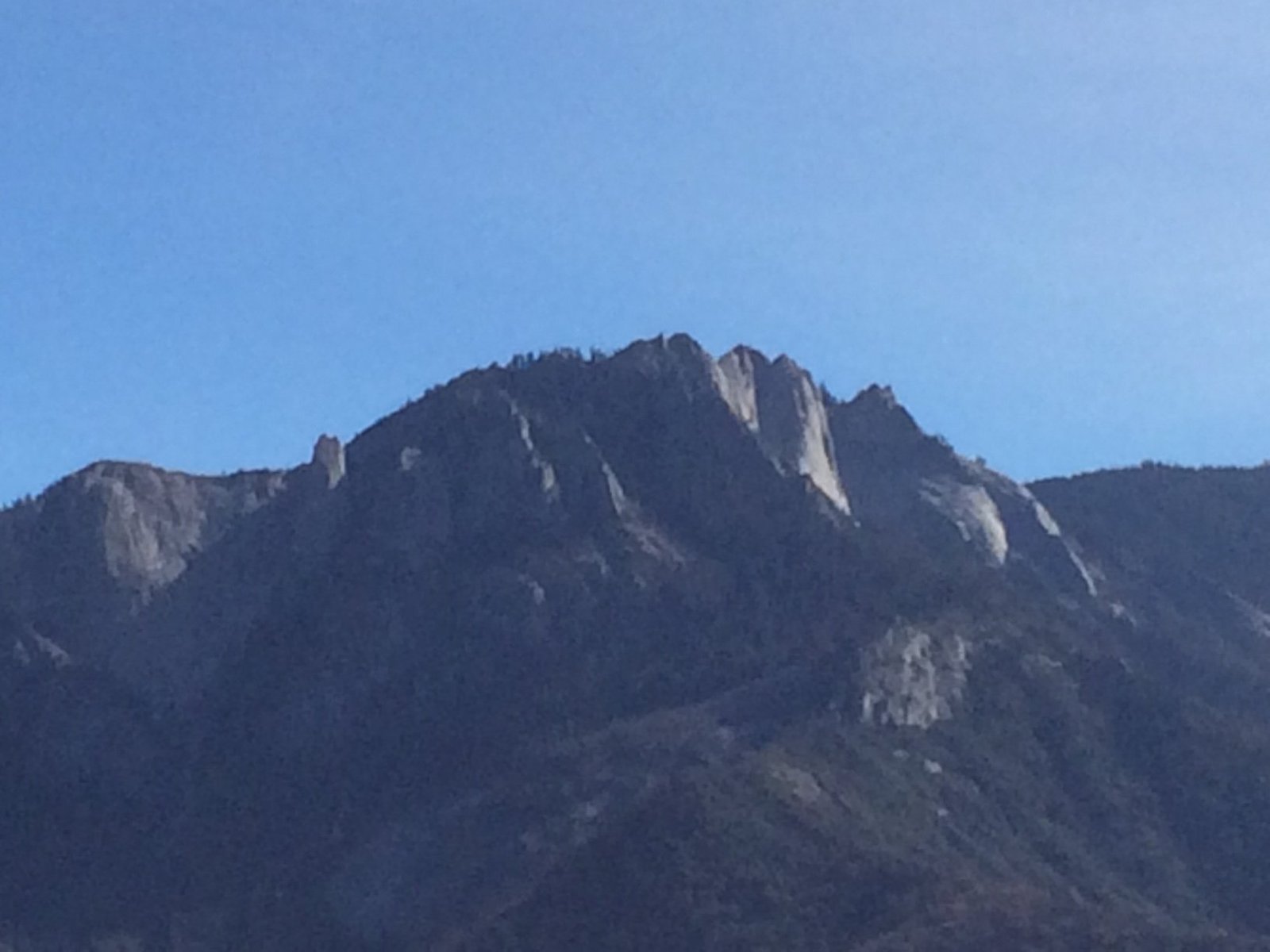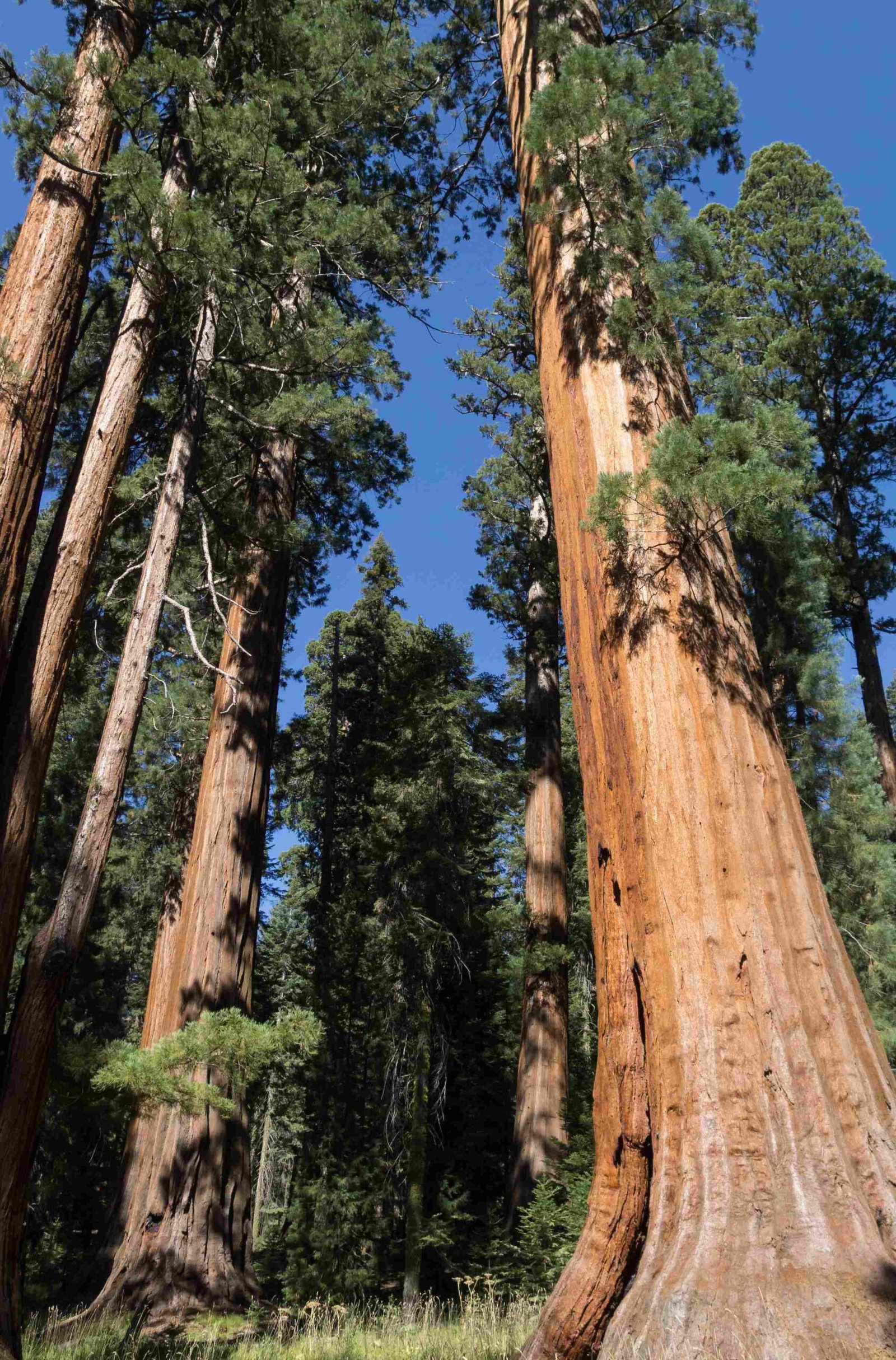Sequoia National Park offers an unparalleled experience for those who wish to explore its majestic landscapes on foot. With towering ancient trees, breathtaking vistas, and diverse ecosystems, the park provides numerous trails and walking routes suitable for all levels of hikers. This guide will help you plan your visit to Sequoia National Park by foot, covering top-rated hiking trails, best walking routes, guided tours, and accessibility options.
What Are the Top-Rated Hiking Trails in Sequoia National Park?

Sequoia National Park boasts a variety of hiking trails that cater to different skill levels and interests. Here are some of the most popular trails:
- Congress Trail
- Length: 4.7 km (2.9 miles)
- Elevation Gain: 147 meters (482 feet)
- Difficulty: Easy to Moderate
- Notable Landmarks: General Sherman Tree, President Tree, McKinley Tree
-
Description: This trail takes you through the heart of the Giant Forest, offering views of numerous large sequoia clusters. It’s less crowded than the General Sherman Tree area once you move past the initial section.
-
Big Trees Trail
- Length: 1.9 km (1.2 miles)
- Elevation Gain: 114 feet (35 meters)
- Difficulty: Easy
- Notable Landmarks: Giant Forest, Round Meadow
-
Description: This handicap-accessible trail starts at the Giant Forest Museum and features detailed markers and displays about giant sequoias.
-
General Sherman Tree Trail
- Length: 0.25 miles (0.4 km) roundtrip
- Elevation Gain: 196 feet (60 meters)
- Difficulty: Easy
- Notable Landmarks: General Sherman Tree
-
Description: A short, paved trail leading to the world’s largest tree by volume. It’s highly crowded, especially during peak season.
-
Tokopah Falls Trail
- Length: 3.4 miles (5.4 km)
- Elevation Gain: Moderate
- Difficulty: Easy
- Notable Landmarks: Tokopah Falls, Kaweah River
-
Description: This well-maintained trail leads to a cascading waterfall and offers scenic views of the Sierra Nevada.
-
Little Baldy Dome Trail
- Length: 3.4 miles (5.4 km)
- Elevation Gain: Significant, summit at 2,452 meters (8,044 feet)
- Difficulty: Easy to Moderate
- Notable Landmarks: Panoramic views of Sequoia National Park, Mount Silliman, Alta Peak
- Description: Offers breathtaking panoramic views from the summit of Little Baldy, ideal for those seeking impressive vistas with limited time.
What Are the Best Walking Routes for Beginners?

For those who prefer easier walks or are new to hiking, Sequoia National Park offers several beginner-friendly routes:
- Congress Trail
- Accessibility: Paved, suitable for most walkers
- Estimated Walking Time: 1.5 hours
- Amenities: Restrooms and water at the trailhead, shuttle service available
-
Description: Well-maintained trail offering a less crowded alternative to the General Sherman Tree area
-
Big Trees Trail
- Accessibility: Handicap accessible, paved
- Estimated Walking Time: 30 minutes
- Amenities: Restrooms and water at the Giant Forest Museum, detailed markers and displays
-
Description: Ideal for families and those looking for a low-impact hike with scenic views of Round Meadow
-
General Sherman Tree Trail
- Accessibility: Handicap accessible, paved
- Estimated Walking Time: 30 minutes
- Amenities: Restrooms, water, and shuttle service available
- Description: Short trail leading directly to the General Sherman Tree, but can be very crowded
Are There Guided Foot Tours Available in Sequoia National Park?
Yes, Sequoia National Park offers various guided tour options for visitors who prefer a more structured and informative experience:
- Ranger Programs
- Free guided walks and hikes led by park rangers
- Provide educational insights into the park’s natural and cultural history
-
Check visitor centers for schedules and details
-
Sequoia Parks Conservancy Tours
- Occasionally offers guided hikes and nature walks
- Information available through their website or at park visitor centers
What Accessibility Options Are Available for Walking in Sequoia National Park?
Sequoia National Park strives to make its natural wonders accessible to all visitors:
Wheelchair-Friendly Trails
- Congress Trail: Partially accessible, some challenging sections
- Big Trees Trail: Fully handicap accessible, paved
- General Sherman Tree Trail: Fully handicap accessible, paved
Parking Facilities
- Accessible parking available at the General Sherman Tree accessible lot and other designated areas
- Temporary parking placards obtainable at visitor centers for those without DMV-issued placards
Assistance Services
- Wheelchair-accessible shuttle buses in the Giant Forest and Lodgepole areas
- Visitor centers provide information, maps, and temporary parking placards for visitors with mobility challenges
What Should I Pack for a Day Hike in Sequoia National Park?
When planning to visit Sequoia National Park by foot, it’s essential to pack appropriately. Here’s a list of items to consider:
- Water (at least 1 liter per person for every 2 hours of hiking)
- Snacks or light meals
- Sun protection (hat, sunscreen, sunglasses)
- Comfortable, sturdy hiking shoes
- Layered clothing (temperatures can vary)
- First aid kit
- Map and compass (or GPS device)
- Flashlight or headlamp
- Insect repellent
- Camera (optional, but recommended for capturing memories)
When Is the Best Time to Visit Sequoia National Park for Hiking?
The best time to visit Sequoia National Park for hiking depends on your preferences and the type of experience you’re seeking:
- Spring (April to May): Wildflowers bloom, waterfalls are at their peak, but some higher elevation trails may still be snow-covered.
- Summer (June to August): Warm weather, all trails are usually accessible, but it’s the busiest season with larger crowds.
- Fall (September to October): Cooler temperatures, fewer crowds, and beautiful fall colors make this an excellent time for hiking.
- Winter (November to March): Snow-covered landscapes offer a unique experience, but many trails may be inaccessible or require special equipment.
How Can I Prepare for High Altitude Hiking in Sequoia National Park?
Sequoia National Park’s elevation ranges from 1,370 to 14,494 feet (418 to 4,418 meters). To prepare for high altitude hiking:
- Acclimatize gradually by spending a day or two at lower elevations before attempting higher trails.
- Stay hydrated and drink plenty of water.
- Take frequent breaks and maintain a slow, steady pace.
- Be aware of altitude sickness symptoms (headache, nausea, dizziness) and descend if they occur.
- Consider using trekking poles for better stability on steep or uneven terrain.
By following these guidelines and choosing trails that match your fitness level, you can safely enjoy the breathtaking beauty of Sequoia National Park on foot.
References:
1. https://www.alltrails.com/parks/us/california/sequoia-national-park/paved
2. https://www.muchbetteradventures.com/magazine/best-hikes-sequoia-kings-canyon/
3. https://www.wellplannedjourney.com/best-hikes-in-sequoia-national-park/

